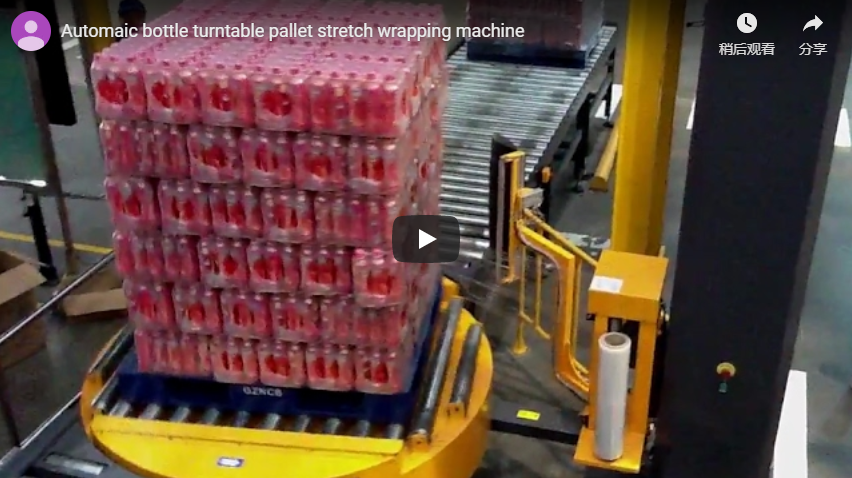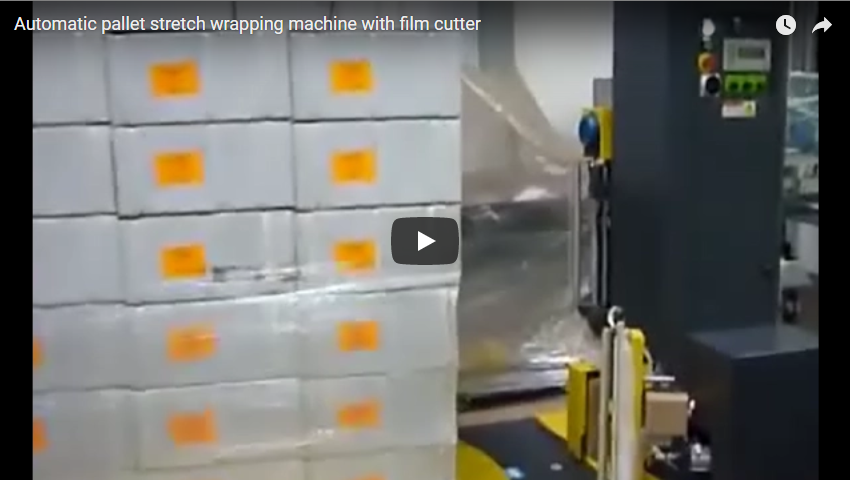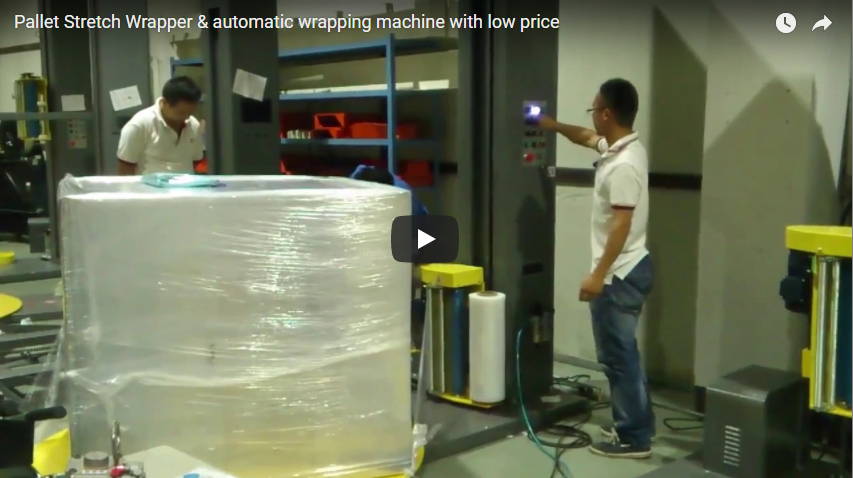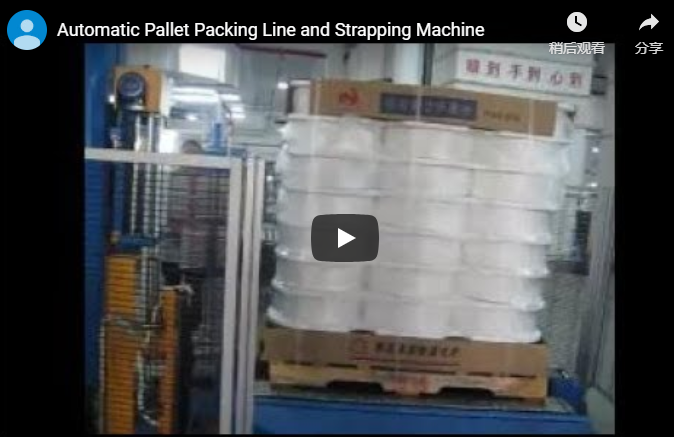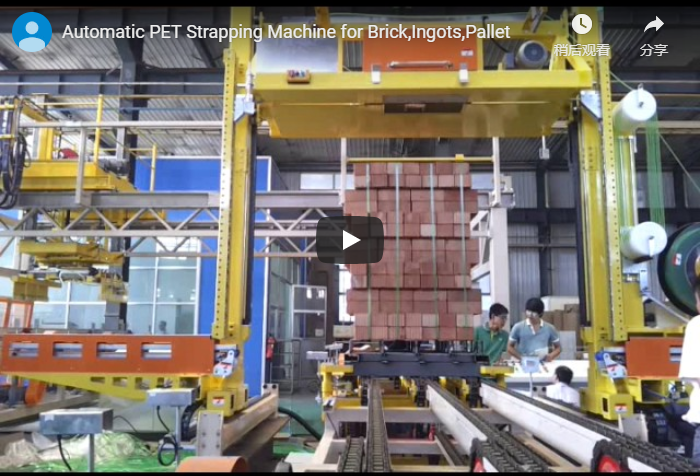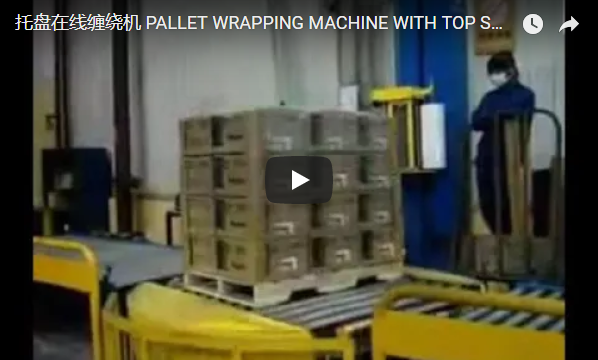Handling and transporting palletized bricks presents unique challenges due to their weight, abrasive nature, and potential for shifting. Ensuring load stability is paramount not just for preventing product damage but also for maintaining safety throughout the supply chain. An automatic pallet strapping machine specifically engineered for brick applications offers a robust solution, automating a critical step in the packaging and shipping process.
1. Operational Workflow: Securing Brick Pallets Automatically
These heavy-duty machines are designed for seamless integration into demanding production or warehousing environments. The typical operational sequence involves:
- Pallet Infeed: Palletized loads of bricks enter the machine, usually via an integrated conveyor system.
- Load Positioning: Sensors detect the pallet's position, ensuring accurate strap placement relative to the load.
- Strap Application: The strapping head, often mounted on a sturdy arch or moving gantry, feeds the strap (typically PET for strength) around the brick stack. Depending on the configuration, vertical, horizontal, or cross-strapping patterns can be applied.
- Tensioning: The machine applies pre-set, consistent tension to the strap, compacting the load slightly and ensuring tightness without damaging the bricks. This precise tension control is critical for load integrity.
- Sealing: The strap ends are securely joined, commonly using a friction-weld sealing method which provides high joint efficiency suitable for heavy loads.
- Cutting & Re-feed: The strap is cut cleanly, and the strapping head prepares for the next cycle or strap application.
- Pallet Outfeed: The secured pallet exits the machine via the conveyor, ready for storage or transport.
2. Key Technical Specifications & Capabilities
While the exact configuration can vary based on application needs, typical specifications for an automatic brick pallet strapper include:
- Machine Type: Fully Automatic Pallet Strapping Machine (Vertical or Horizontal configurations available)
- Primary Application: Securing palletized loads of bricks, blocks, pavers, and similar construction materials.
- Strapping Material: Primarily Polyester (PET) strap recommended due to high tensile strength, retained tension, and resistance to abrasion. Polypropylene (PP) may be suitable for lighter loads.
- Compatible Pallet Dimensions:
- Width: Typically 600mm - 1200mm
- Length: Typically 800mm - 2400mm
- Height: Variable, accommodates standard pallet load heights.
- Throughput / Strapping Speed: Up to 15-20 pallets per hour, dependent on load size and strapping pattern complexity. Cycle time per strap is often in the range of 15-30 seconds.
- Control System: PLC (Programmable Logic Controller) based system with a user-friendly HMI (Human Machine Interface) touchscreen for parameter setting, diagnostics, and operational mode selection.
- Power Requirements: Standard industrial power, often 415V, 50Hz, 3-phase (confirm specific requirements).
- Compatible Strap Width: 9mm to 16mm (12mm and 16mm PET are common for brick loads).
- Strap Tension: Electronically adjustable, typically ranging up to 5000 N (approx. 510 kgf), providing the force needed to stabilize heavy brick pallets.
- Sealing Method: Friction-weld sealing for optimal joint strength and reliability with PET strap.
- Construction: Heavy-duty, welded steel frame designed to withstand industrial environments and heavy loads.
- Approximate Machine Weight: ~2000kg, reflecting its robust build.
- Energy Efficiency: May include features like motor standby modes during idle periods.
- Safety Features: Standard interlocked safety guarding, emergency stop buttons readily accessible, light curtains optional for enhanced operator safety.
- Approximate Machine Footprint:
- Length: ~3000mm
- Width: ~1500mm
- Height: ~2000mm (Arch height will vary based on max pallet height)
Note: The parameters listed above are representative. Specific machine capabilities may differ from the unit shown in the video. Always consult with the manufacturer for precise specifications tailored to your application.
3. Shop Floor Impact: Advantages of Automated Brick Strapping
Implementing an automatic pallet strapping machine delivers tangible benefits in demanding brick handling operations:
3.1 Superior Load Integrity and Damage Reduction
Manual strapping often results in inconsistent tension and strap placement. Automated systems apply precise, repeatable tension optimized for brick loads using high-strength PET strapping. This significantly enhances pallet stability, minimizing load shifting, brick-on-brick abrasion, and breakage during handling and transit, ultimately reducing costly product loss and customer claims.
3.2 Increased Throughput and Labor Efficiency
Automating the strapping process removes a manual bottleneck in the packaging line. These machines operate continuously with minimal operator intervention, significantly increasing the number of pallets processed per hour compared to manual methods. This frees up labor for other value-added tasks and improves overall operational efficiency, especially during peak production periods.
3.3 Enhanced Workplace Safety and Ergonomics
Manually tensioning straps around heavy, potentially unstable brick pallets poses ergonomic risks and safety hazards. Automation eliminates the need for operators to manually handle strapping tools, bend awkwardly, or apply significant physical force, reducing the risk of strains, sprains, and other injuries associated with manual strapping tasks. Consistent, secure loads also reduce risks during subsequent forklift handling.
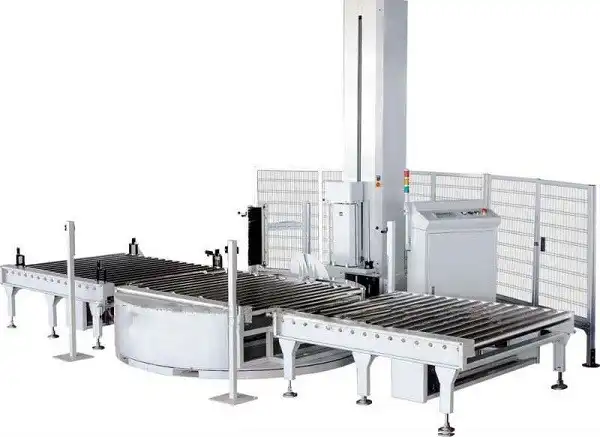
4. Implementation Considerations
When considering an automatic brick strapper, key factors include:
- Integration: How will the machine fit into your existing production or packaging line? Consider conveyor compatibility, height transitions, and available floor space.
- Strap Selection: Choosing the correct PET strap (width, thickness, tensile strength) is crucial for performance and cost-effectiveness based on your specific load weight and stability requirements.
- Maintenance: These are robust machines, but operating in dusty brick environments requires adherence to preventative maintenance schedules for optimal performance and longevity. Consider ease of access for cleaning and servicing the strapping head.
- Training: Ensure operators and maintenance personnel are properly trained on machine operation, safety procedures, and basic troubleshooting.
For related packaging needs, explore options for securing pallet loads further:
For detailed specifications, customization options, or to discuss your specific brick strapping application, please reach out.
info@fhopepack.com

